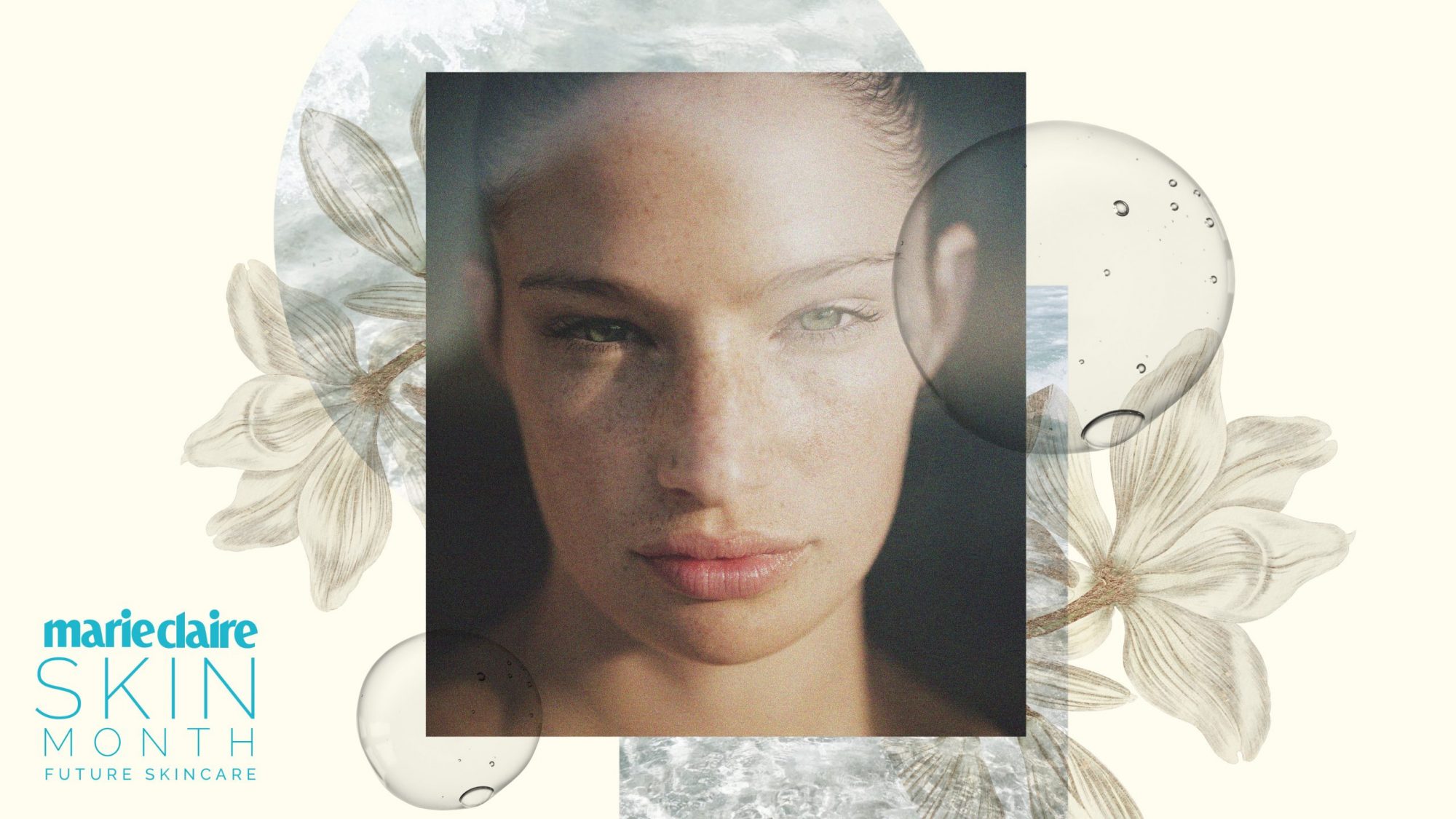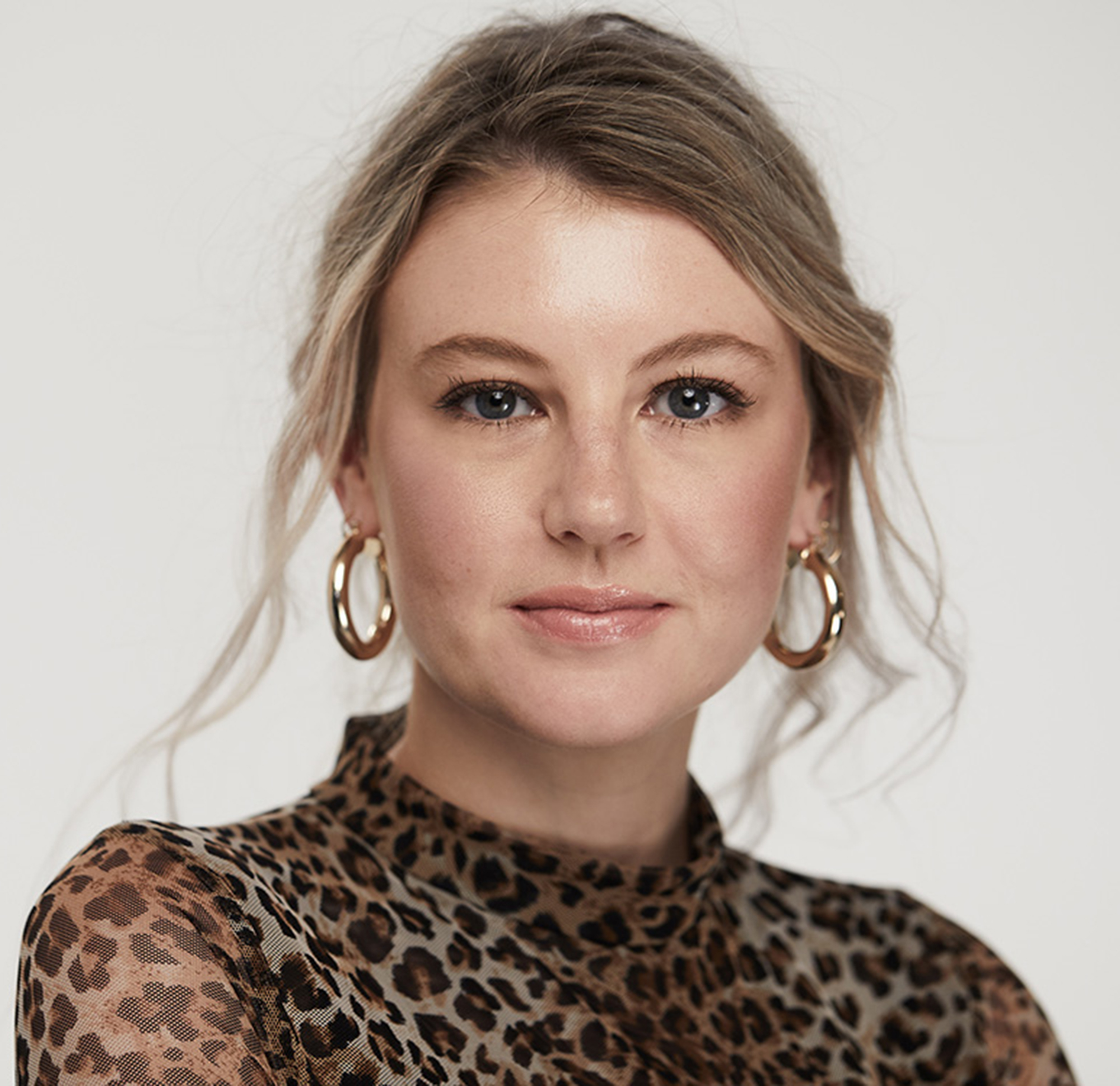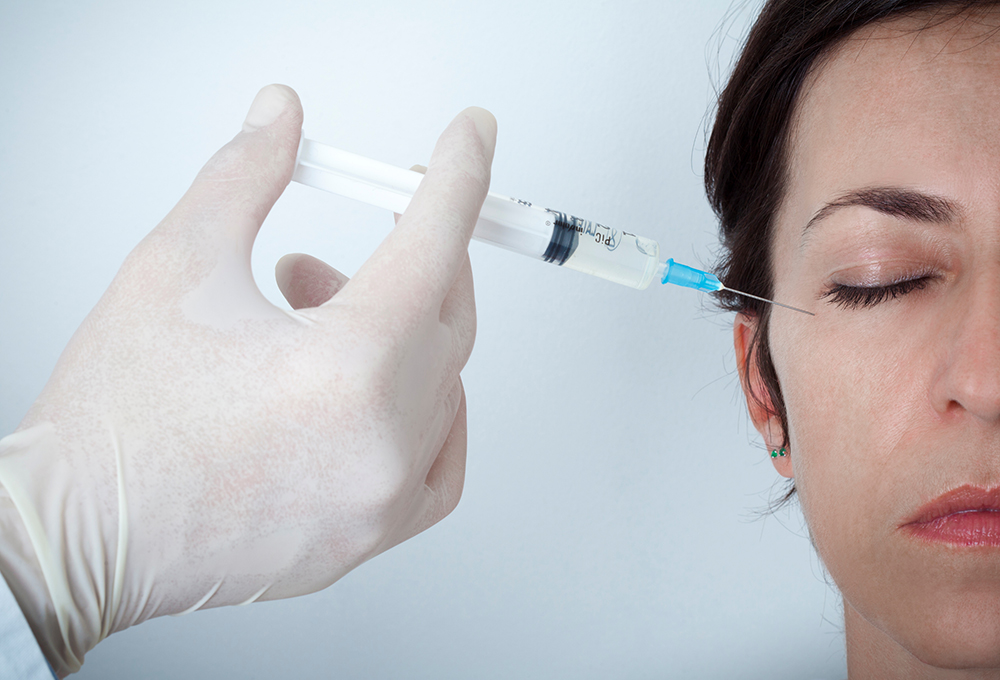Face fillers – everything you need to know before a treatment
They’re a popular way of regaining plump, youthful skin and smoothing out fine lines. But are they safe? Here’s our guide to fillers for beginners


They’re the popular choice for getting plump, youthful and smooth skin. But are they safe? Here’s our guide to face fillers for beginners
Face fillers. If you're thinking about getting them, or have heard them mentioned and want to know more, then this is your comprehensive overview of the cosmetic procedure. It's designed to help diminish the appearance of fine lines, wrinkles and other visible signs of ageing.
We spoke to Dr Terry Loong of W1 Knightsbridge to get the lowdown on facial fillers, from what happens during the procedure to possible side effects and cost.
What are face fillers?
Face fillers, otherwise known as dermal fillers, are small injections of gel, typically made up of hylauronic acid, that fill in wrinkles and add volume to soft tissue. You can have dermal fillers in different parts of your face: around the eye, cheeks, mouth and jawline, as well as lip fillers administered directly into the lip tissue.
How do they work?
Fillers basically restore lost volume to your face and plump areas, so that deep-set lines are smoothed. Why is this needed? As we get older our bodies stop producing collagen and elastin, both of which contribute to the youthful look.
Experts argue over when we start losing collagen, but the generally agreed age is 25. Pretty young, right? Your collagen and elastin levels then decline at a rate of about 2% per year. Your body will have stopped producing it altogether by your late twenties.
How long do face fillers last?
It depends how your body reacts and which hyaluronic acid is used, but most face fillers will last between six and 18 months.
Marie Claire Newsletter
Celebrity news, beauty, fashion advice, and fascinating features, delivered straight to your inbox!
Do face fillers have side effects?
'It's easy for clients to confuse side effects to reactions, so it's extremely important to understand what side effects can be expected,' says Dr Loong. 'Temporary side effects – those that are completely normal after facial injections – can include; swelling, redness and tenderness.'
'It's completely normal to experience a little bit of discomfort, redness and bruising after the procedure. Reactions generally occur immediately after the needle injection and can include; redness, swelling, pain, itching, bruising and tenderness at the injection location.'
'These reactions are generally mild to moderate and usually disappear shortly after injection, usually resolved a few days after the injection into the skin.'
Do face fillers hurt?
'There may be a slight discomfort whilst the filler is being injected into the face. But we minimise this by applying an anaesthetic cream before treatment. To provide further relief and alleviate as much pain as possible, our fillers contain a pre-mixed local anaesthetic.'

Are there different types of face fillers?
As we said above, the most common type of facial filler is hyaluronic acid, the natural substance found in many areas of the body including eyeballs, joints and skin, that can hold 1000x its weight in water. Hyaluronic facial fillers helps to maintain shape, even out depressions in the skin and provide hydration.
'Poly-Caprolactone (PCl), or Ellanse, is another popular filler that acts as a collagen stimulator,' the doctor adds. 'When injected in strategic places in the face, it triggers the body’s natural response to produce collagen, which provides you with a much longer lasting result.'
Is there a difference between Botox and dermal filler?
'Yes, there is 100% a difference between Botox and fillers! Botox stops the small muscles in your face from making the movements that cause wrinkles. Dermal fillers plump from below the wrinkles to smooth them out and promote the youthful look.'
How much do dermal fillers cost?
So how much do dermal fillers set you back? Well, that depends entirely on how much you're going to have done, which fillers you opt for and who you pay to administer them.
'Obviously every clinic differs, but the general starting price for facial fillers is from £500 per syringe,' Dr Loong tells us.
Where should you go to get dermal fillers?
The first thing you need to know, above all else, is never ever consider having any kind of injectable treatment at a beauty spa or salon.
For some inexplicable reason, here in the UK we’re unable to regulate who is able to inject filler into someone’s face (the same goes for Botox). In the rest of Europe you have to be a qualified doctor to perform the treatments. But that doesn't mean it's OK or safe to see any old person to get your filler fix.
Dr Loong expands on this: 'The face has many underlying sensitive structures, for example nerves, vessels and eyes, when treating wrinkles. If the person administering fillers is untrained and not careful, there's risk of damage, infection, artery occlusion – leading to tissue death and scarring. Hence why it’s so important to see a registered medical professional who understands the anatomy of the face and knows the areas to avoid.'
So, just to be clear, see a qualified doctor or forget about having fillers altogether. Consult the British Association of Aesthetic Plastic Dermatologists website to find a qualified practitioner.
We hope we've cleared a few things up about dermal fillers.
Got any other burning questions? Let us know on social at @marieclaireuk and we'll try to get these answered for you.
Katie Thomas is the Senior Beauty Editor at Marie Claire UK. With over 10 years of experience on women's luxury lifestyle titles, she covers everything from the best beauty looks from the red carpet and stand out trends from the catwalk, to colonic irrigation and to the best mascaras on the market. She started her career on fashion desks across the industry - from The Telegraph to Brides - but found her calling in the Tatler beauty department. From there she moved to Instyle, before joining the Marie Claire digital team in 2018. She’s made it her own personal mission to find the best concealer in the world to cover her tenacious dark circles. She’s obsessed with skincare that makes her skin bouncy and glowy, low-maintenance hair that doesn’t require brushing and a cracking good manicure. Oh and she wears more jewellery than the Queen.
-
 Mytheresa is having a secret sale right now and these are the 11 cult items I'm eyeing
Mytheresa is having a secret sale right now and these are the 11 cult items I'm eyeingIncluding the designer bag that was everywhere at Milan Fashion Week
By Clementina Jackson
-
 Prince Harry reportedly extended an 'olive branch' to Kate and William on latest UK trip
Prince Harry reportedly extended an 'olive branch' to Kate and William on latest UK tripBig if true
By Iris Goldsztajn
-
 How Prime Video is protecting Blake Lively amid her new movie promo
How Prime Video is protecting Blake Lively amid her new movie promoAn understandable move
By Iris Goldsztajn